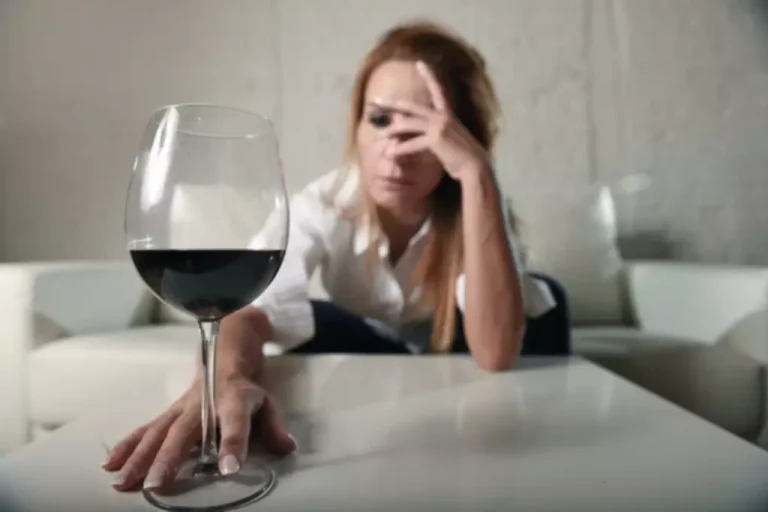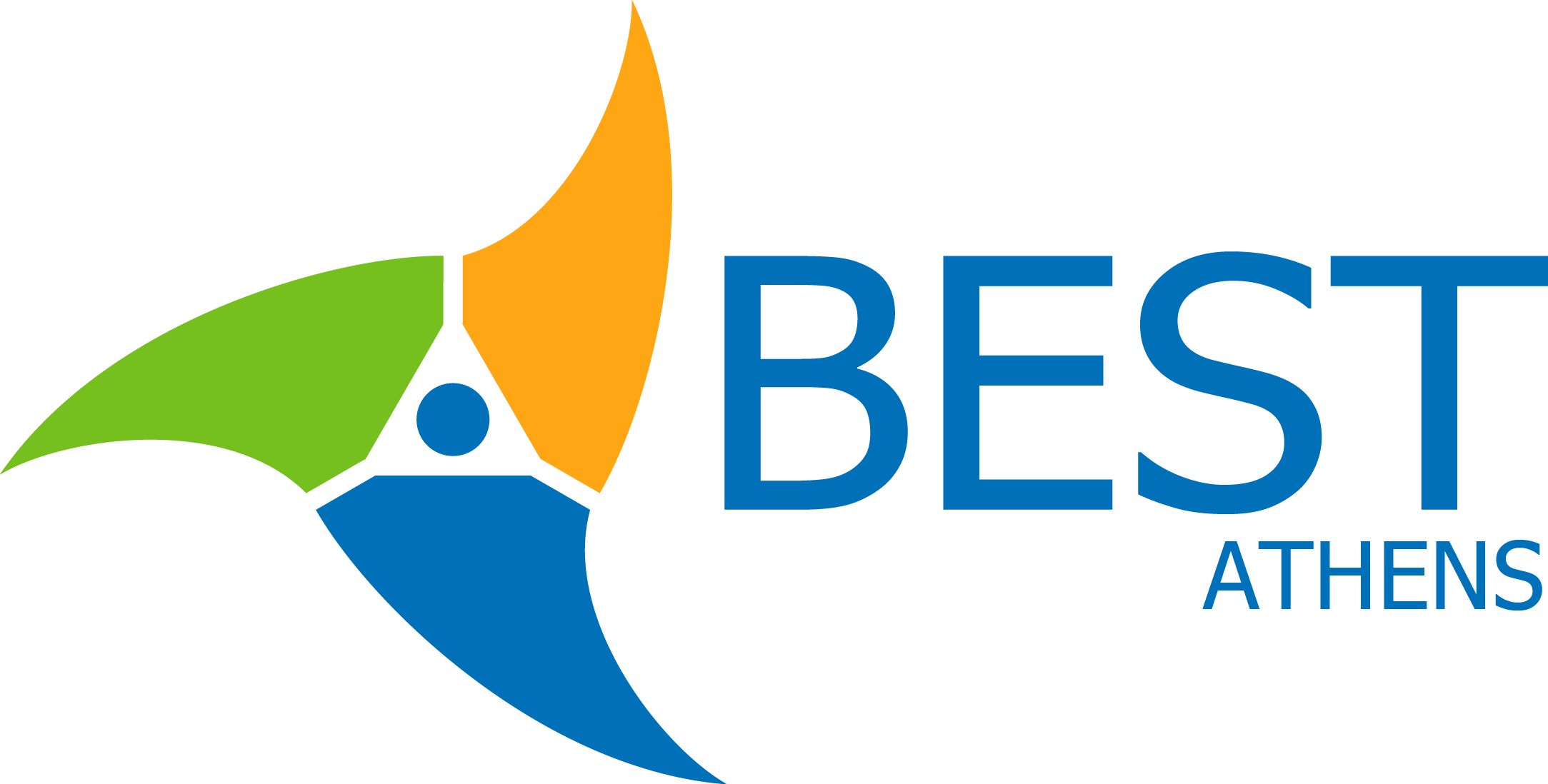This instrument has demonstrated reliability and validity in a similar setting to this study [45]. The conversion table available in the Nepali version of the CIDI questionnaire was used to calculate standard units of drinks in units of ethanol. Thus, a bar-served glass of Raksi (distilled local drink) was considered 2 units of ethanol and 1 mana (approximately 0.55 L) of Jand (domestically fermented beverage) was calculated as containing 3 ethanol units.
- The bursts were separated by approximately 3 months and research staff contacted participants to schedule the appointments.
- It is important in the future to dissociate the study of hangovers and MBOs to determine the relative impact of both experiences on cognition.
- Drinking alcohol, especially to excess, is likely to have similar effects on mood.
- The cross-sectional nature of the data limited us from examining change over time or directional relationships.
- The strong relationship is present in representative surveys of the United States, throughout Europe, and in Australia.
- This brochure provides information about post-traumatic stress disorder (PTSD) including what it is, who develops PTSD, symptoms, treatment options, and how to find help for yourself or someone else who may have PTSD.
What is Alcohol Use Disorder?
You may drink because you think using alcohol will help you avoid bad dreams or how scary they are. Yet avoiding the bad memories and dreams actually prolongs PTSD—avoidance makes PTSD last longer. You could be having a blackout and seem completely coherent to others around you. A common experience after having a blackout is hearing stories about your behavior and having absolutely no recollection of it ever occurring. The latest information and resources on mental disorders shared on X, Facebook, YouTube, LinkedIn, and Instagram.
AUD before PTSD
- We have not found any work in the literature that has investigated both hangovers and MBOs concurrently.
- The studies were presented in two counterbalanced blocks–the free recall and serial recall studies were combined into one block, and the depth of encoding task in another block.
- The study was approved by the Regional Committee for Medical Research Ethics of Norway and the National Health Research Council of Nepal.
- Department of Veterans Affairs, about six out of every 100 people will experience PTSD at some point in their lives.
- With regard to behavioral treatments, exposure-based interventions are recommended given the greater improvement in PTSD symptoms observed, coupled with significant reductions in SUD severity experienced.
The type of treatment that is best for you can depend on the type of trauma you experienced. Civilian alcohol rehabs may not be able to provide support for your unique experience. But Heroes’ Mile in DeLand, Florida was created by veterans to help fellow veterans recover from alcohol addiction and heal the invisible wounds caused by the realities of military service.
Symptoms of substance use disorder
We are unable to confirm the accuracy of recall of past adverse events and other forms of reporting bias as several of the variables were constructed from personally sensitive self-report data. Further, calculation of standard alcohol units is approximate as the possibility of a wide variation in the ethanol concentration of locally brewed beverages cannot be ruled out. Future adequately sampled studies should account for confounders of inflammatory mediators in blood, and the comparison group should include a healthy control as well as isolated disorders.
PTSD and Alcohol Abuse in Veterans
Further, drinking to cope has been shown to moderate the relationship between anxiety and alcohol consumption (O’Hara, Armell, & Tennen, 2014). Other research has linked emotion dysregulation to alcohol-related consequences (Dvorak et al., 2014; Magar, Phillips, & Hosie, 2008). In addition, findings showed evidence of a bi-directional association consistent with a mutual maintenance model (Kaysen https://ecosoberhouse.com/ et al., 2011; Read et al., 2013). However, mutual maintenance models frequently construe the PTSS → AUD association as reflecting self-medication and previous experience sampling studies have not shown positive effects of alcohol consumption on subsequent symptoms (Possemato et al., 2015; Simpson et al., 2014). It is important to note that there are several limitations to the current research.
GHB Drugs: Common Drugs, GHB, and Rohypnol – Healthline
GHB Drugs: Common Drugs, GHB, and Rohypnol.
Posted: Thu, 08 Jun 2017 07:00:00 GMT [source]
Finding Treatment for Alcohol Addiction and PTSD
Department of Veterans Affairs, about six out of every 100 people will experience PTSD at some point in their lives. Certain aspects of the traumatic event and some biological factors (such as genes) may make some people more likely to develop PTSD. Fear is a part of the body’s “fight-or-flight” response, which helps us avoid or respond to potential danger. People may experience a range of reactions after trauma, and most people recover from initial symptoms over time. Each random prompt assessed number of standard drinks consumed in the past 30 minutes on a 7-point scale (0 to 6 or more drinks). In the preliminary analysis, an exposure variable equal to the number of completed assessments accounts for individual differences in response rates.


The strong relationship is present in representative surveys of the United States, throughout Europe, and in Australia. The relationship persists in studies of population subgroups at risk, such as veterans of the wars in Vietnam, Iraq, and Afghanistan; firefighters; women; and people with SUD. Although men have a higher prevalence of AUD than women, and women have a higher prevalence of PTSD than men, any individual with either disorder is more likely to have the other. The information collected ptsd alcohol blackout at the St. Louis location provided one of the first estimates of the prevalence of PTSD in the general population. Of the 2,493 participants, about 16% were exposed to at least one qualifying traumatic event.8 Of this group, about 8.4% developed PTSD.15 Also, individuals who met criteria for PTSD were more likely to report alcohol-related problems than those who did not meet PTSD criteria. Studies report increases in veteran alcohol use after sexual abuse and/or sexual assault endured in combat.

No responses yet